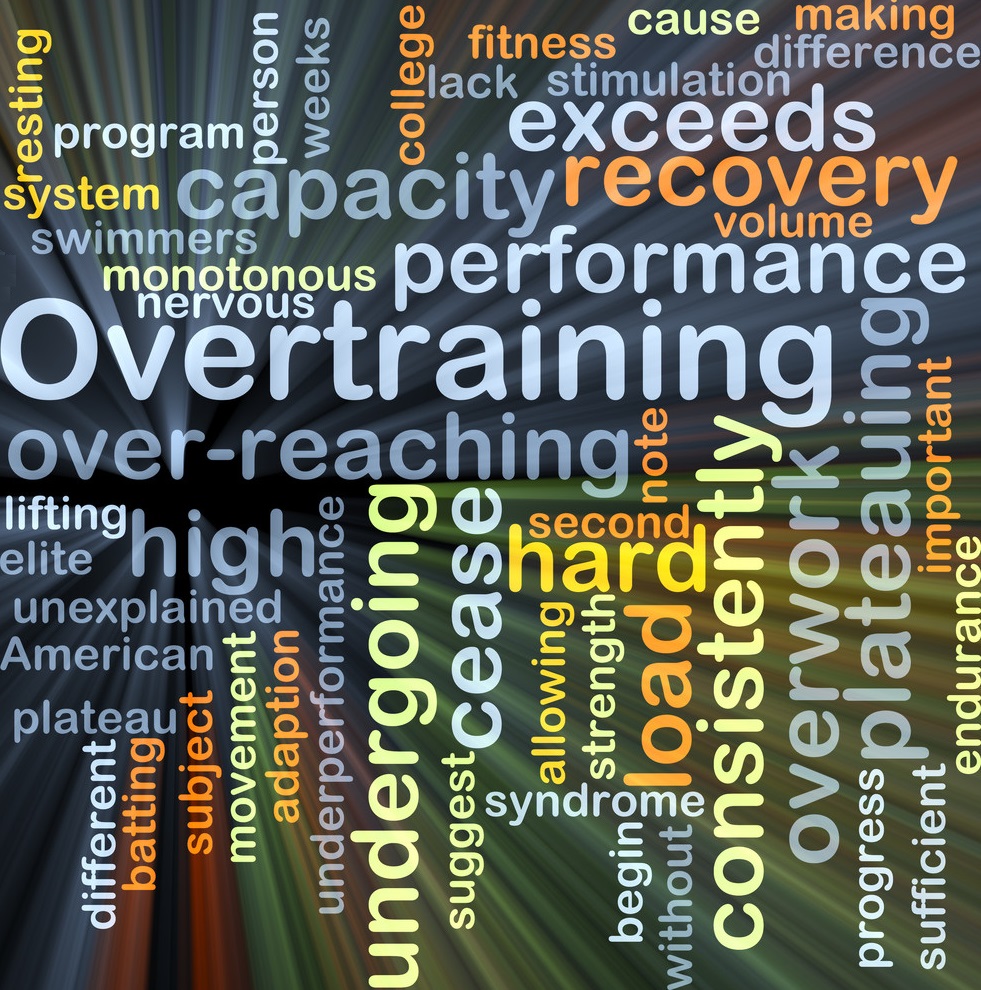Issue of burnout continues to pose challenges
The issue of burnout, particularly among younger athletes is something that continually challenges those involved in sport.
It is considered to be a growing problem, not just for elite athletes, but society in general as those who drop out of sport at an early age are less likely to engage in activity as adults, as the article ‘Athlete Burnout’ warns.

“Given the tremendous benefits that accompany exercise and sport participation, the athlete who gives up sport participation is also giving up the important health benefits. Even at a young age, children are developing lifestyle patterns that will carry over into adulthood. Active youth are much more likely to be active adults. But if we allow our youth to become burned out of sports, this may become be a barrier to leading a healthy lifestyle as an adult.
Many definitions of burnout have been put forward in recent times, and according to Lindsey Barton Straus in ‘Burnout in Youth Athletes: Risk Factors, Symptoms, Diagnosis and Treatment’ is described as:
A response by a young athlete to chronic stress in which he or she ceases to participate in a previously enjoyable activity, withdrawing from the sport because they perceive it is not possible to meet the physical and psychological demands of the sport. Burnout is considered by experts to be part of a spectrum of conditions that includes overreaching and overtraining syndrome
Be aware of the symptoms
As with most problems, the first step in being able to deal with them is to identify them, and Johanna Belz helps us do so in her article When enough is enough: uncovering warning signs of burnout in (elite) athletes’.
She warns that
It is important to know that the phenomenon of burnout is complex and is associated with imbalances in many areas of the athlete’s life: the sporting context, the physical and mental state, the athlete’s nutrition and his/her private life
She outlines ten symptoms that might identify if an athlete is suffering from burnout.
- Is constantly tired and sleeps much more than usual
- Exhibits an increasing aversion towards the sport by showing a negative attitude in trainings
- Complains about not seeing any results of his/her hard work and is fighting “a losing battle”
- Seems to have lost all enjoyment for the sport and only trains and competes to please others or abide to a professional contract
- Is a “24 hour athlete” and does not seem to have any other interests or friends outside of the sport
- Exaggerates physical symptoms, feigns an injury or drags out the recovery process of an existing injury
- Exhibits mood swings and gets easily frustrated, aggressive or depressed
- Shows signs of disordered eating
- Cheats in trainings or withdraws altogether from certain training activities
- Has unrealistically high self-imposed performance goals and is extremely self-critical
Having become aware of the symptoms, it is vital to understand how athletes become burned out and the article ‘Athlete Burnout’ identifies three main causes.
One of the most obvious causes is to do with high levels of stress and pressure and they point out that:
Constant pressure to win, train and perform could lead to mental and physical exhaustion and stress, leading to burnout”.
The second reason put forward is entrapment, as the athlete does not feel they are getting the rewards and level of enjoyment they expected from participating despite investing a huge amount of time and effort into their sport. When the negatives begin to outweigh the positives of competing, the athlete will become burned out and turn away from their sport. The article refers to sociologist Jay Coakley in putting forward a third idea of empowerment. This is the belief that sports that are too organized and too competitive at youth level become too controlling of the athlete’s life. As a result they become disempowered and the need for personal control is a possible reason for burnout. Many other observers will add the notion of early specialization to this list of reasons for burnout.
Steps to correct burnout
Being aware of the potential causes of burnout allows the coach to take steps to address the issue and ensure that the athlete remains focused and continues to improve, while also enjoying their chosen sport. The article ‘Athlete Burnout’ details a few suggestions which are very much developed from a common sense approach.
One method is simply to take time out of a particular sport, avoid specialization or cut back on the number of days dedicated to it. Another way is to teach a child ways to deal with the issue by introducing relaxation and stress management techniques.
One of the most important methods is to identify the source of the pressure that may be leading to the burnout, such as pressure from home or a coach to always win. Perhaps they are being forced to stay with a sport or have lost control of their own destiny. It is also important to encourage young athletes to focus on the positives of their involvement with sport.
More like a marathon than a sprint
According to Johanna Belz in her article it is important to be aware of the signs of possible burnout and to take steps to correct the problems.
If you identify several of these warning signs in an athlete, address him/her personally and offer emotional and practical support. In a more severe case it is crucial that the athlete receives professional psychological and/or medical help in order to fully recover and regain strength”
She reminds us that being a successful athlete is more like a marathon than a sprint. It requires dedication but more importantly, enjoyment, motivation and energy refueling. She sums up her feelings with a reference to the Dalai Lama, who stated:
If you feel burnout setting in, if you feel demoralized and exhausted, it is best, for the sake of everyone, to withdraw and restore yourself. The point is to have a long-term perspective
References
When enough is enough: uncovering warning signs of burnout in (elite) athletes by Johanna Belz
Various factors cause burnout in college athletes By Daniel Gould and Meredith A. Whitley
Burnout In Youth Athletes: Risk Factors, Symptoms, Diagnosis, and Treatment by Lindsey Barton Straus
Understanding Burnout in Sport by M. Ryan Flett, Sport Medicine & Science Council of Saskatchewan
Athlete Burnout by Educated Sports Parent
About Metrifit
Metrifit is an athlete monitoring system that gathers subjective and objective information from both coaches and athletes in a simple but effective manner with intelligent visualization helping coaches and athletes to act on that data. Why not have a look at our Ready to Perform product and gain insight on the physical and mental state of your athletes through our daily wellbeing questionnaire? To find out more visit our Metrifit Product Overview page or get in touch for a free demo.
































 Previous Post
Previous Post





